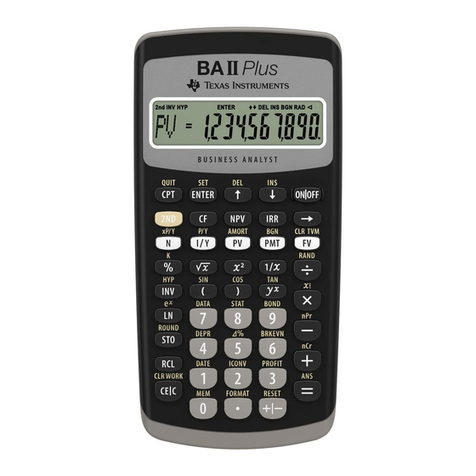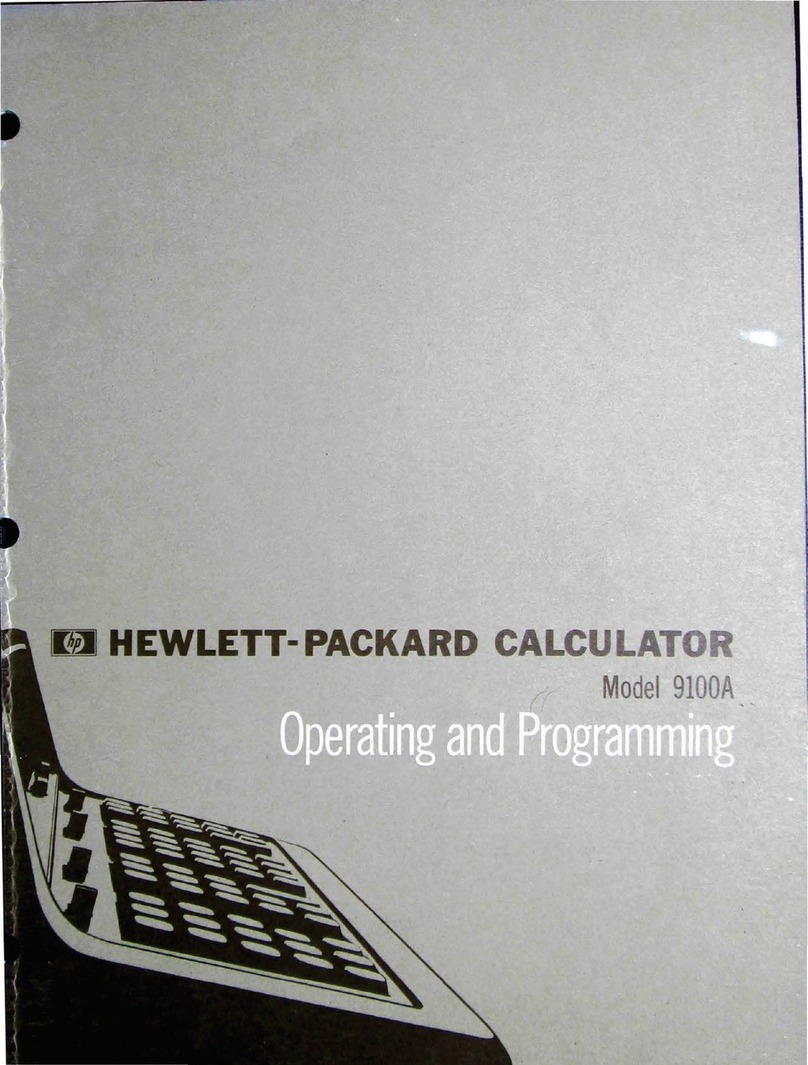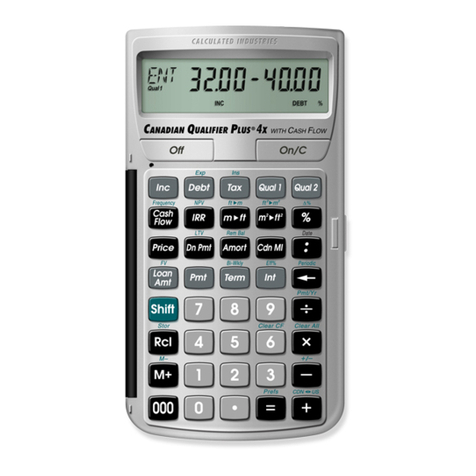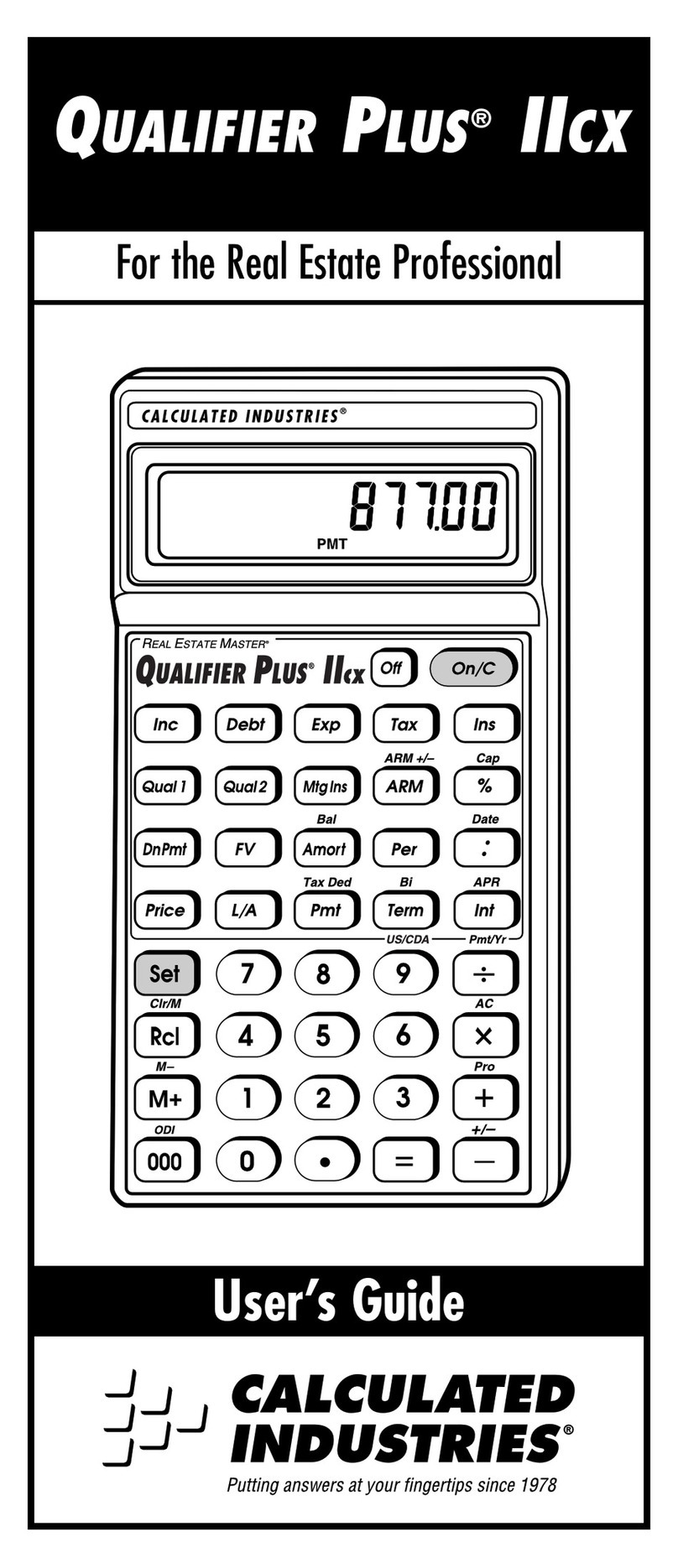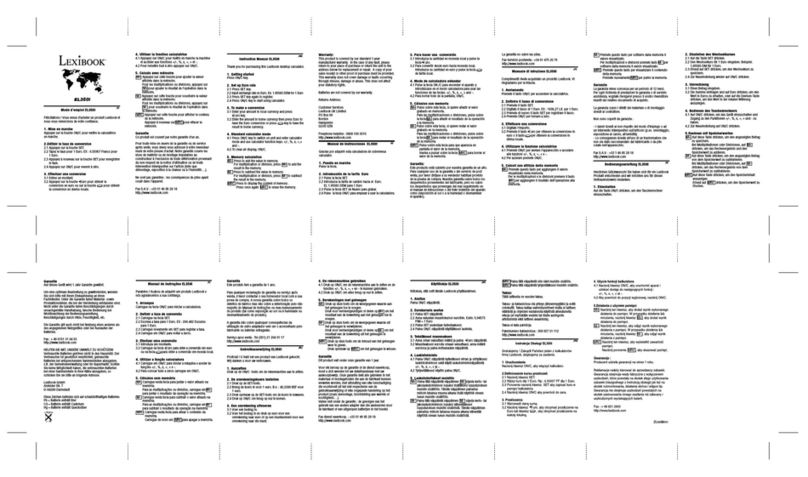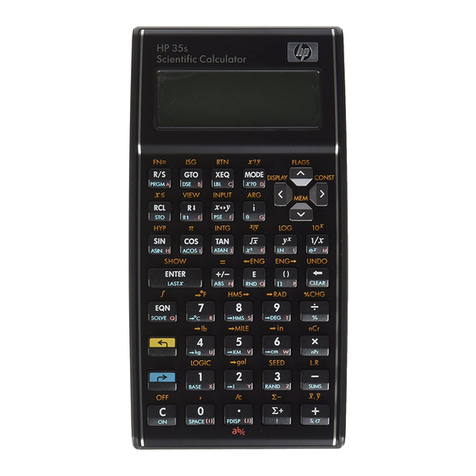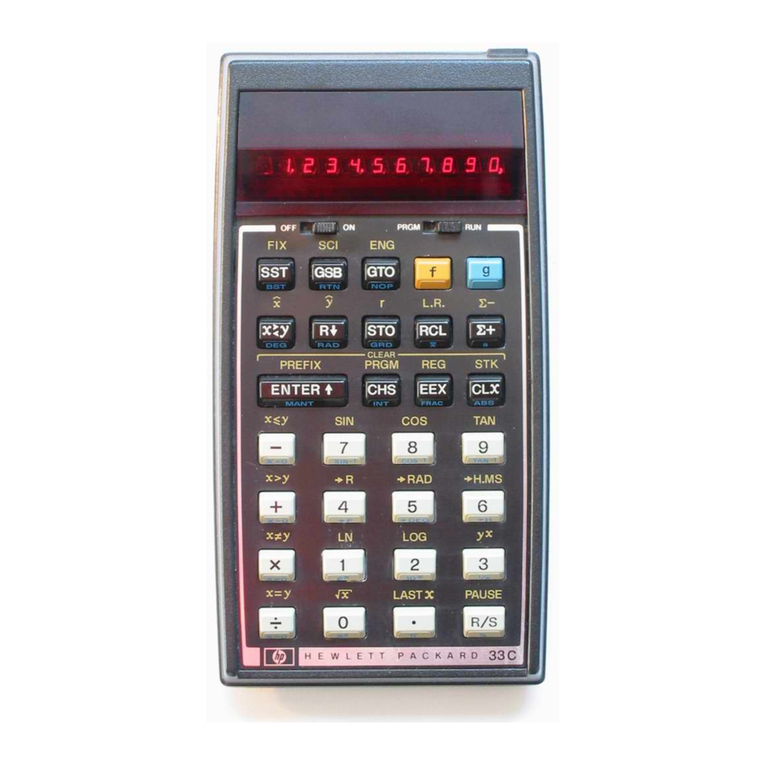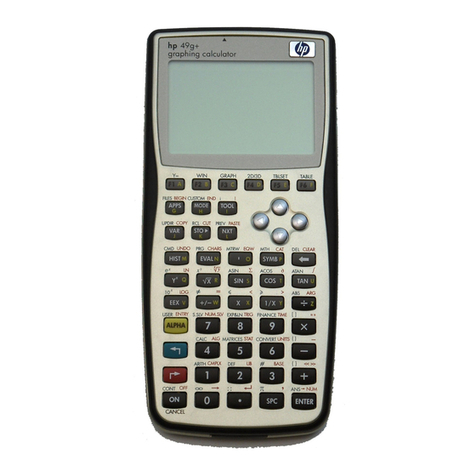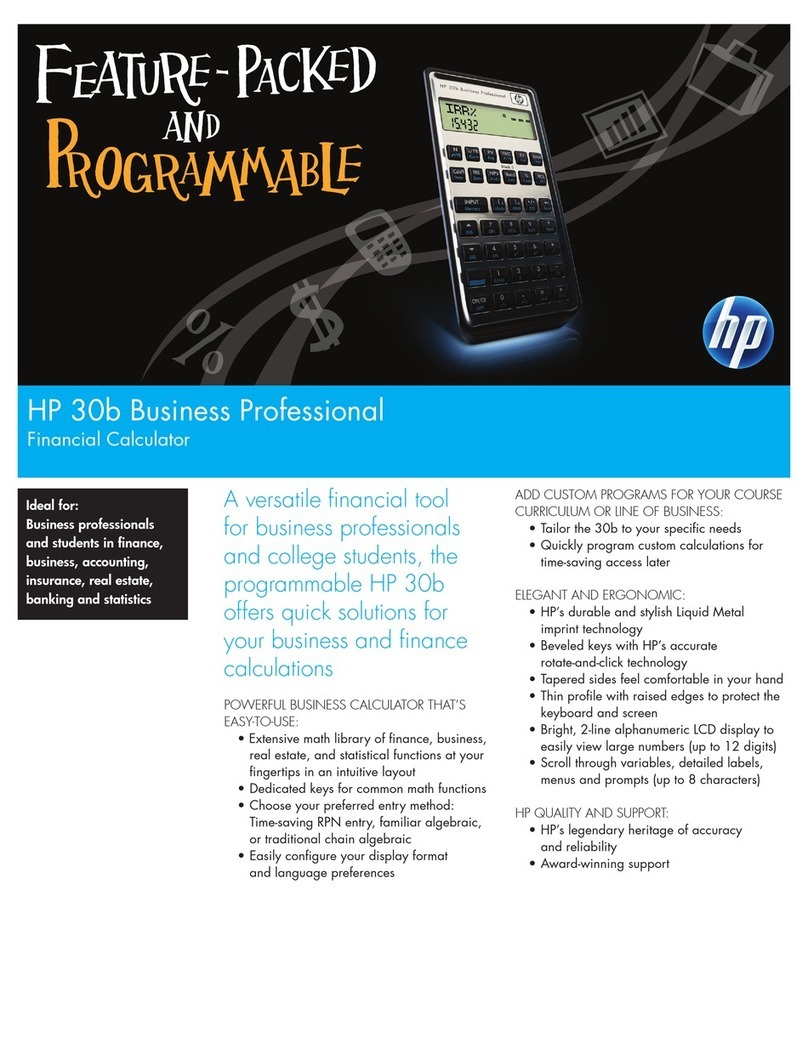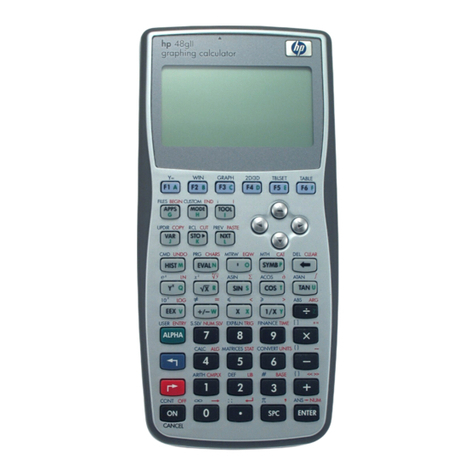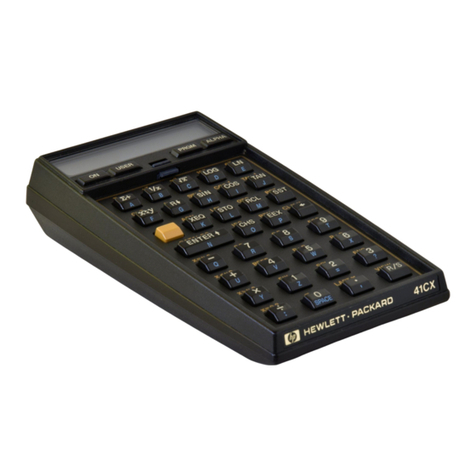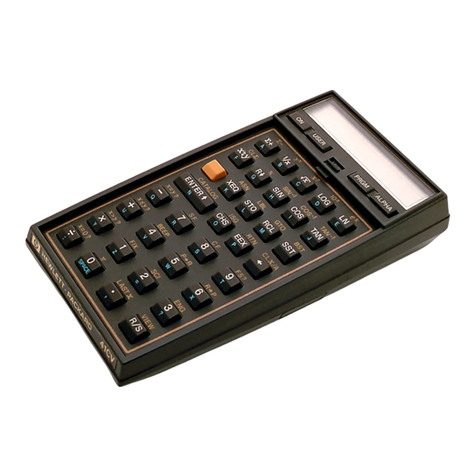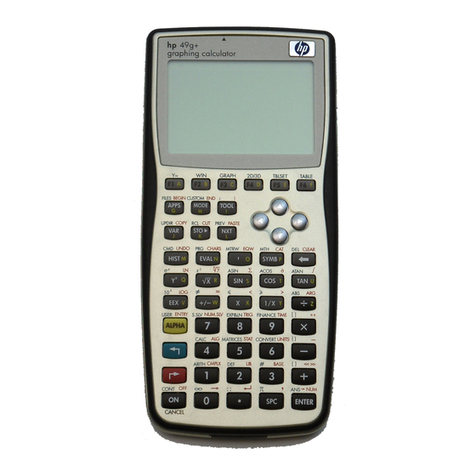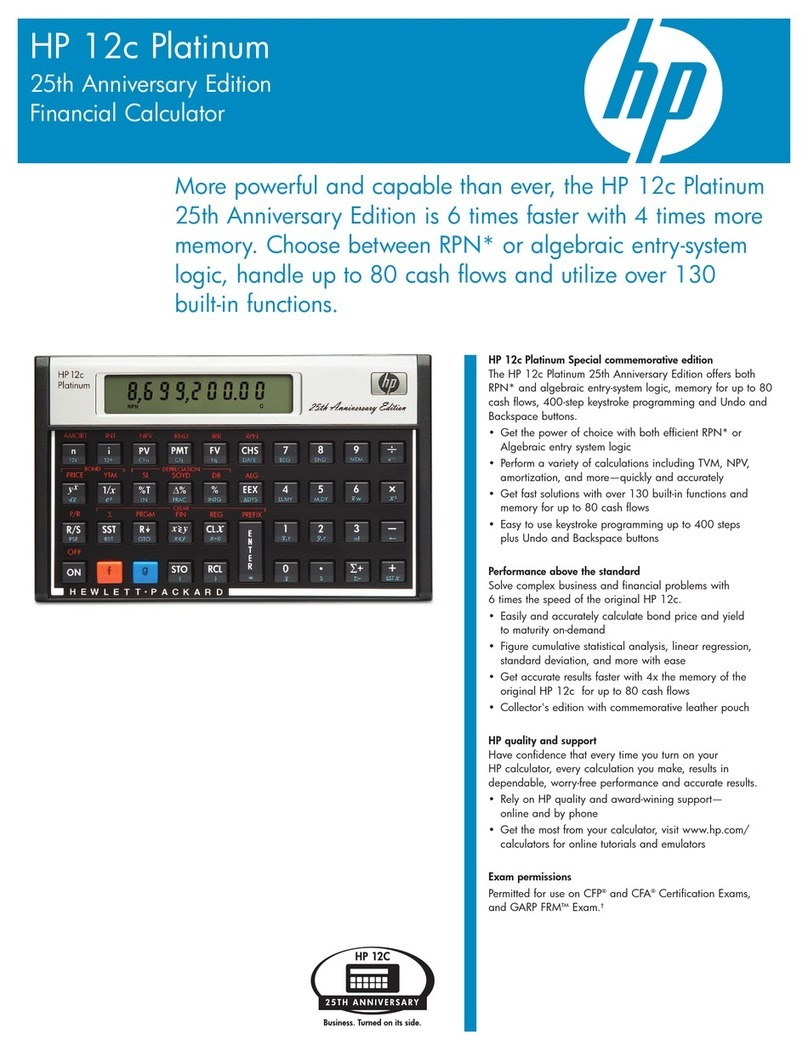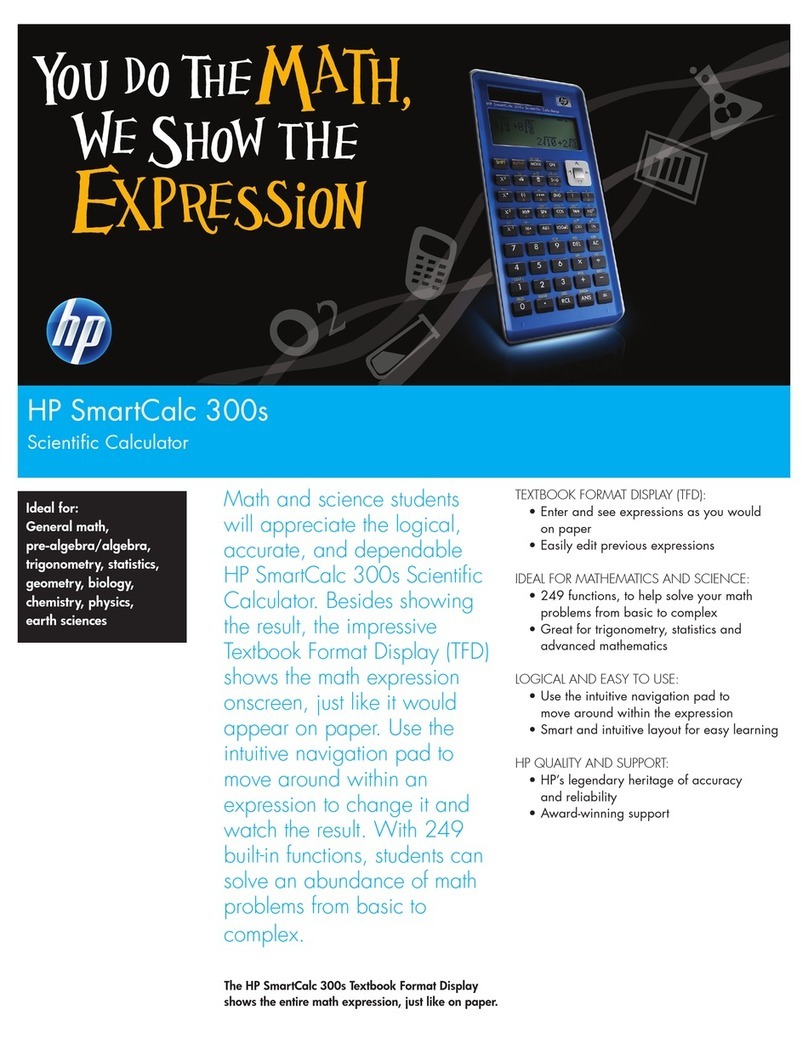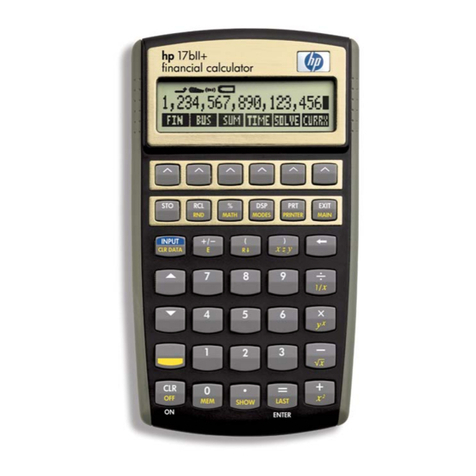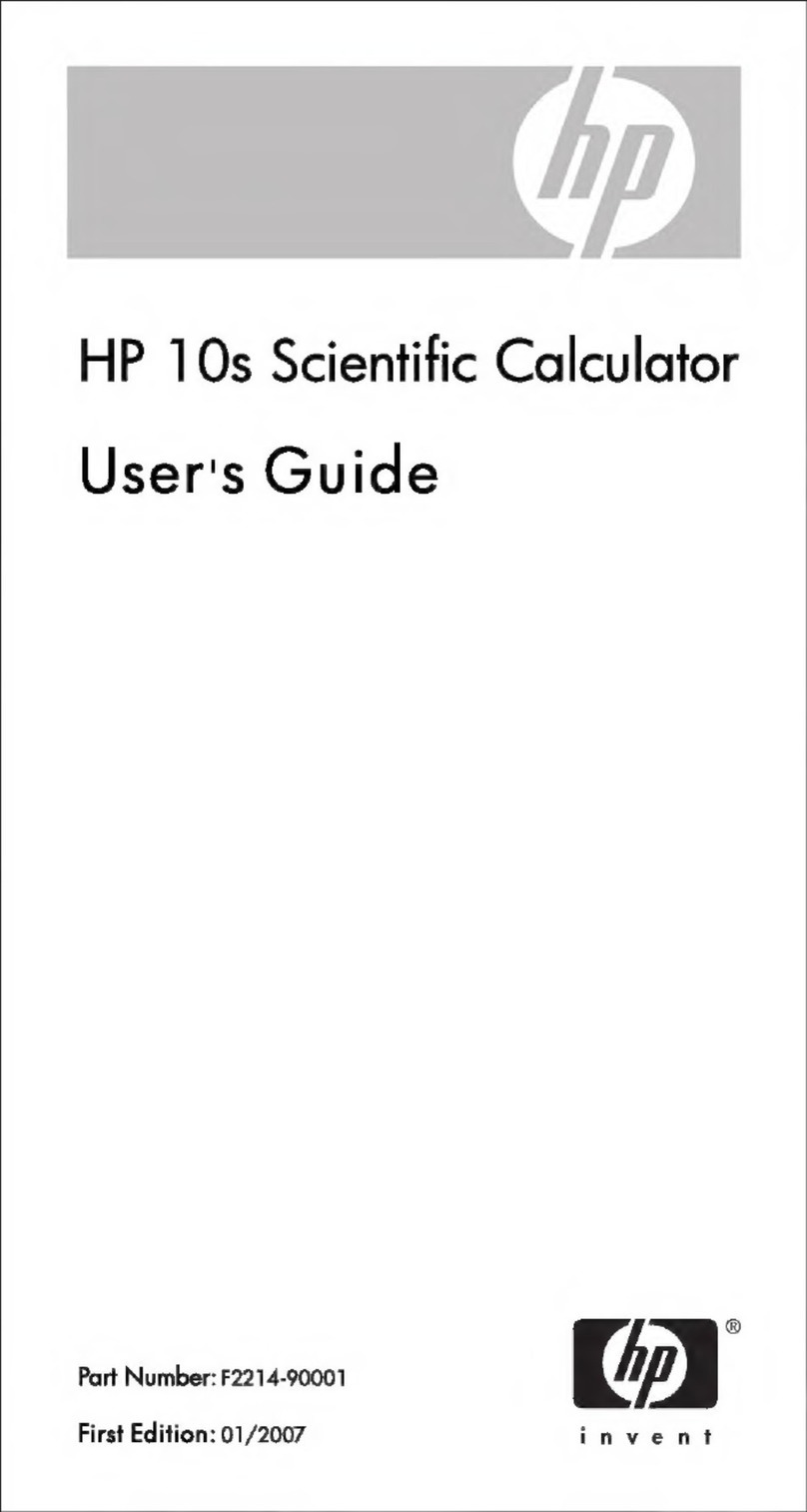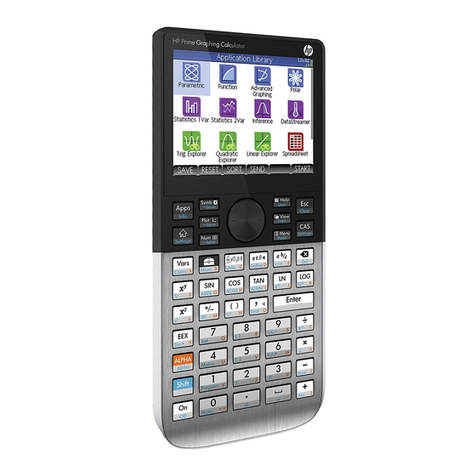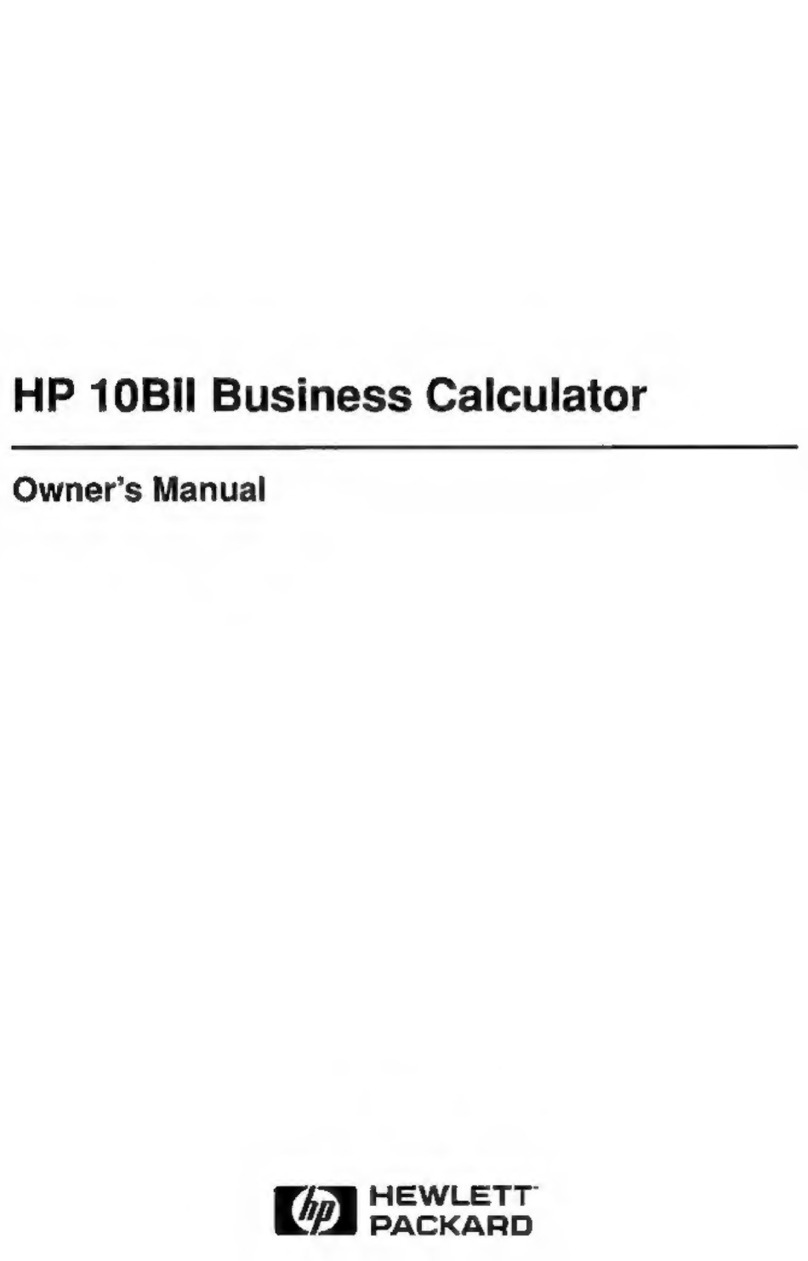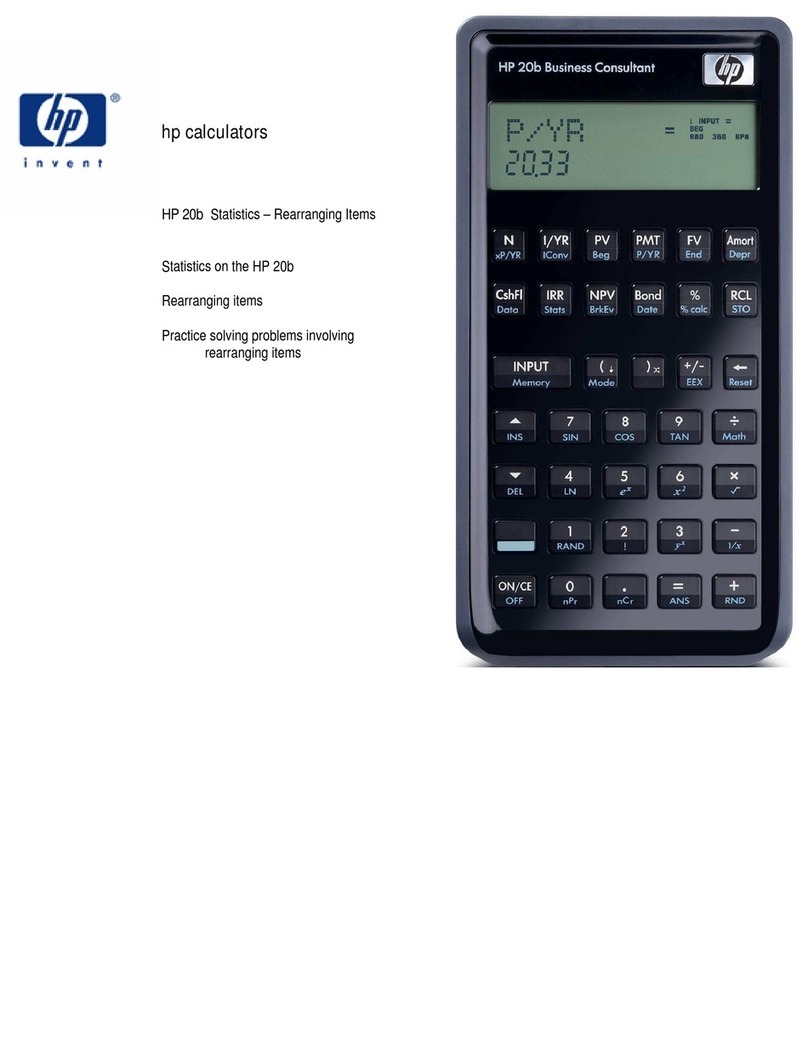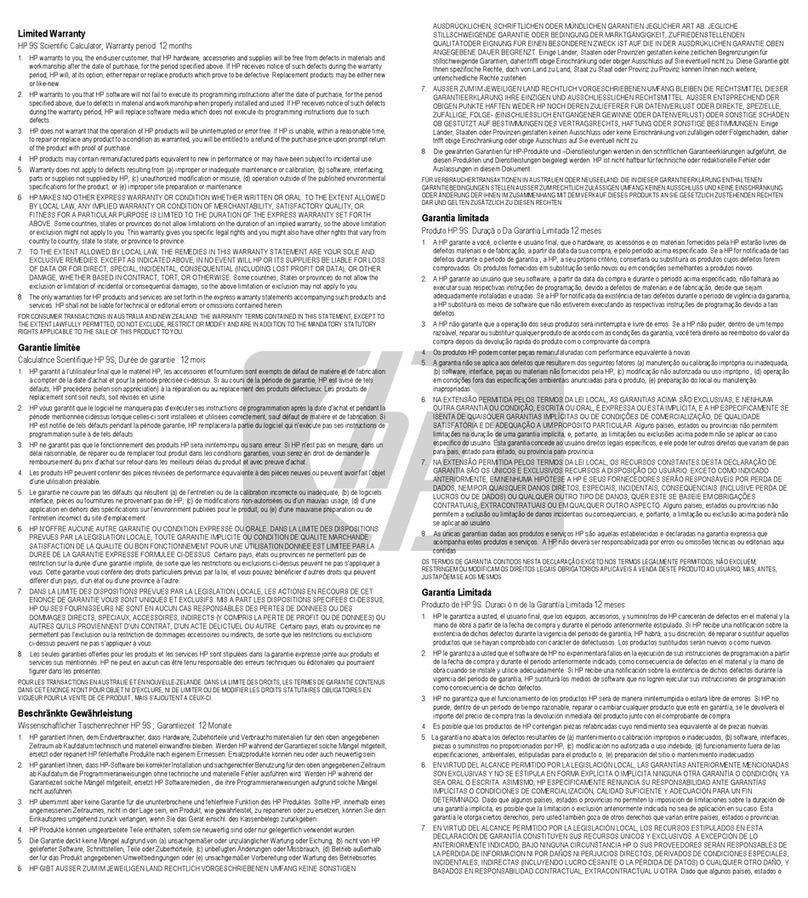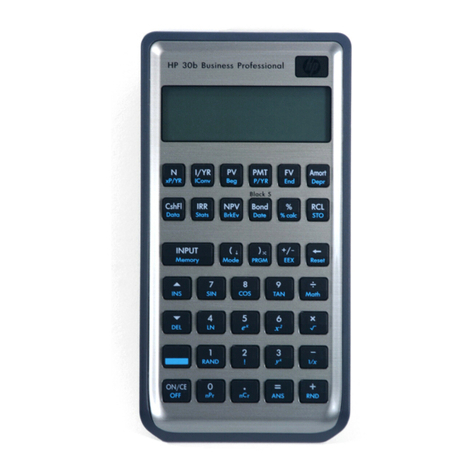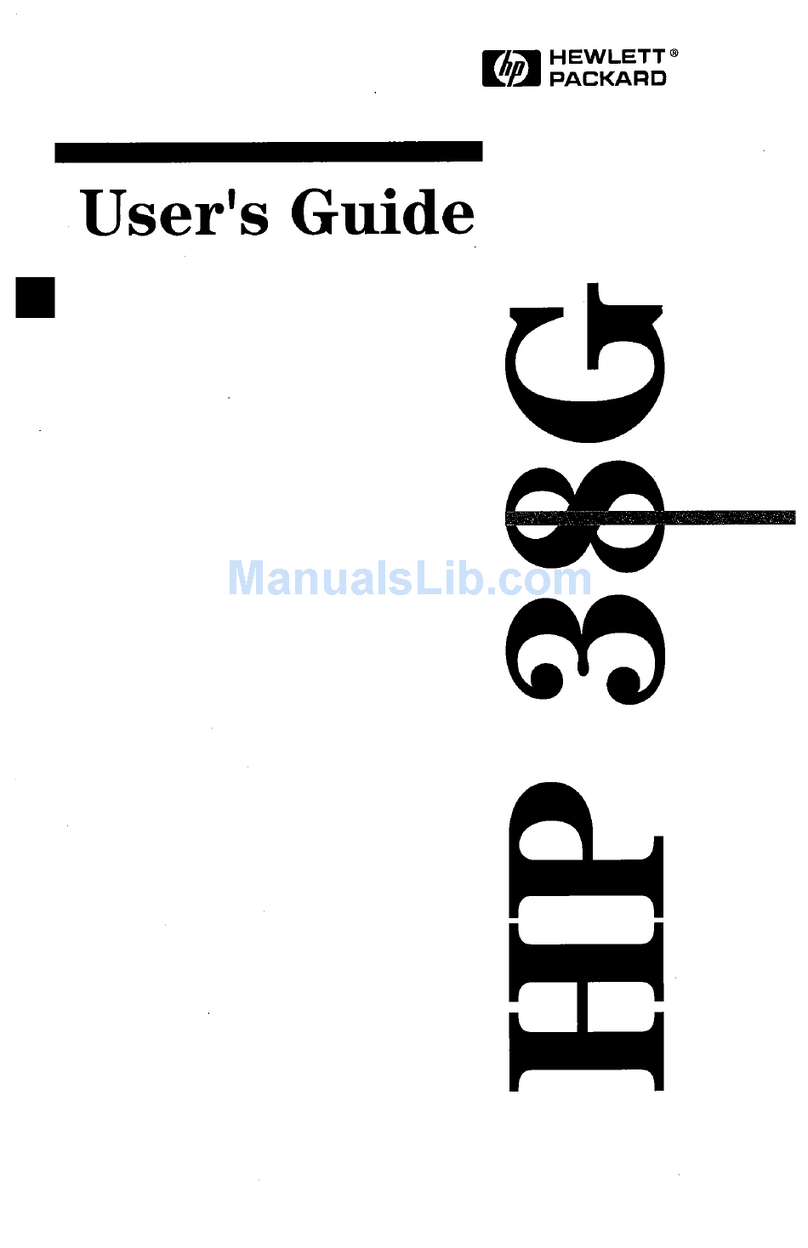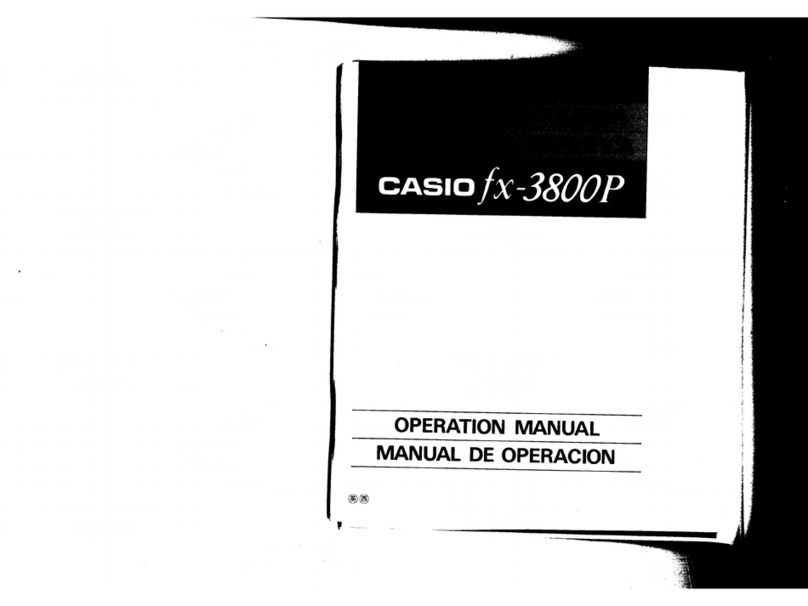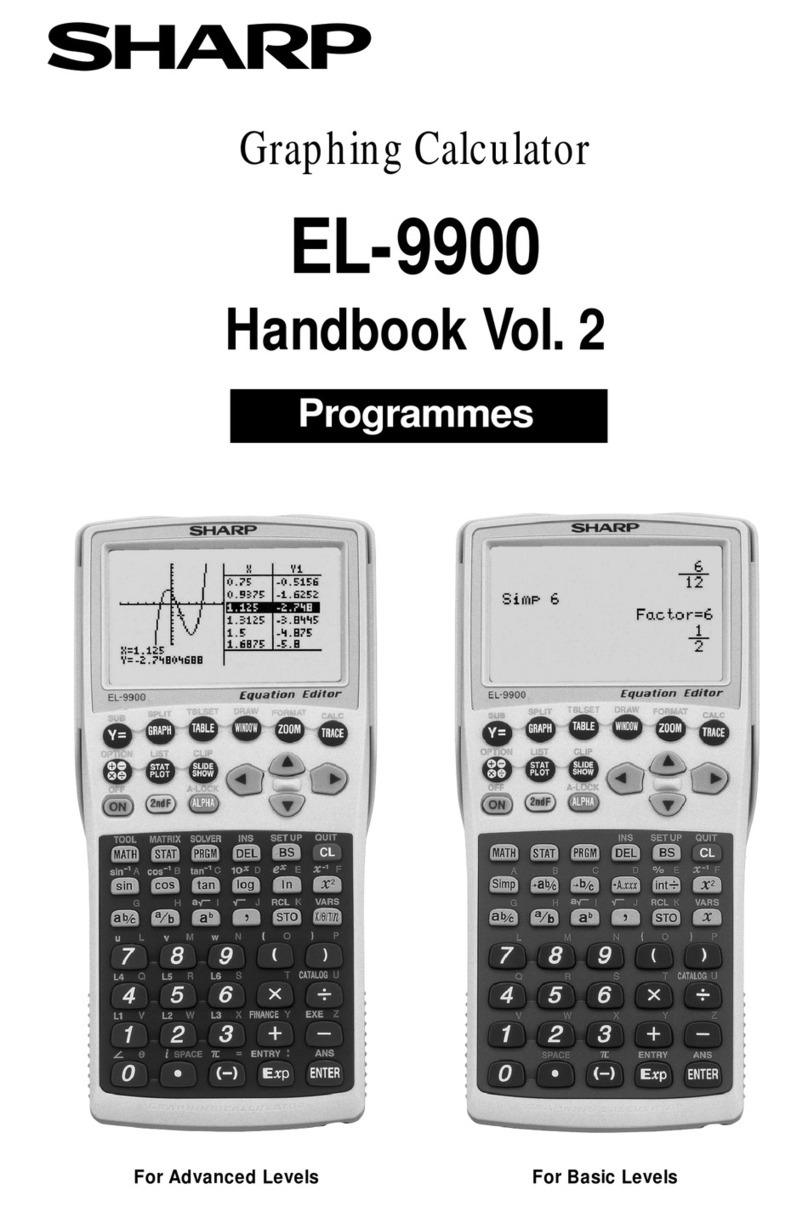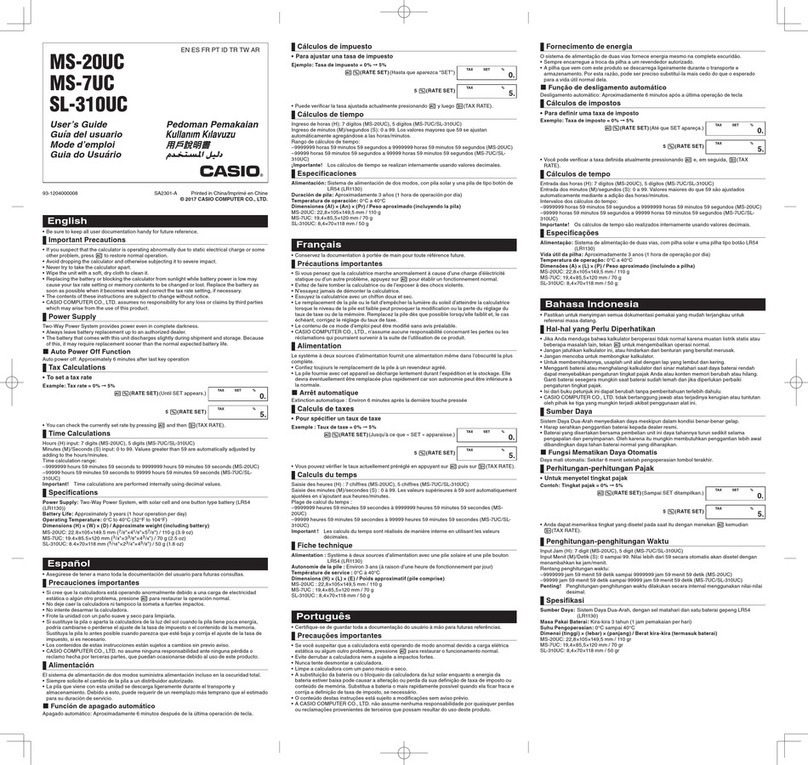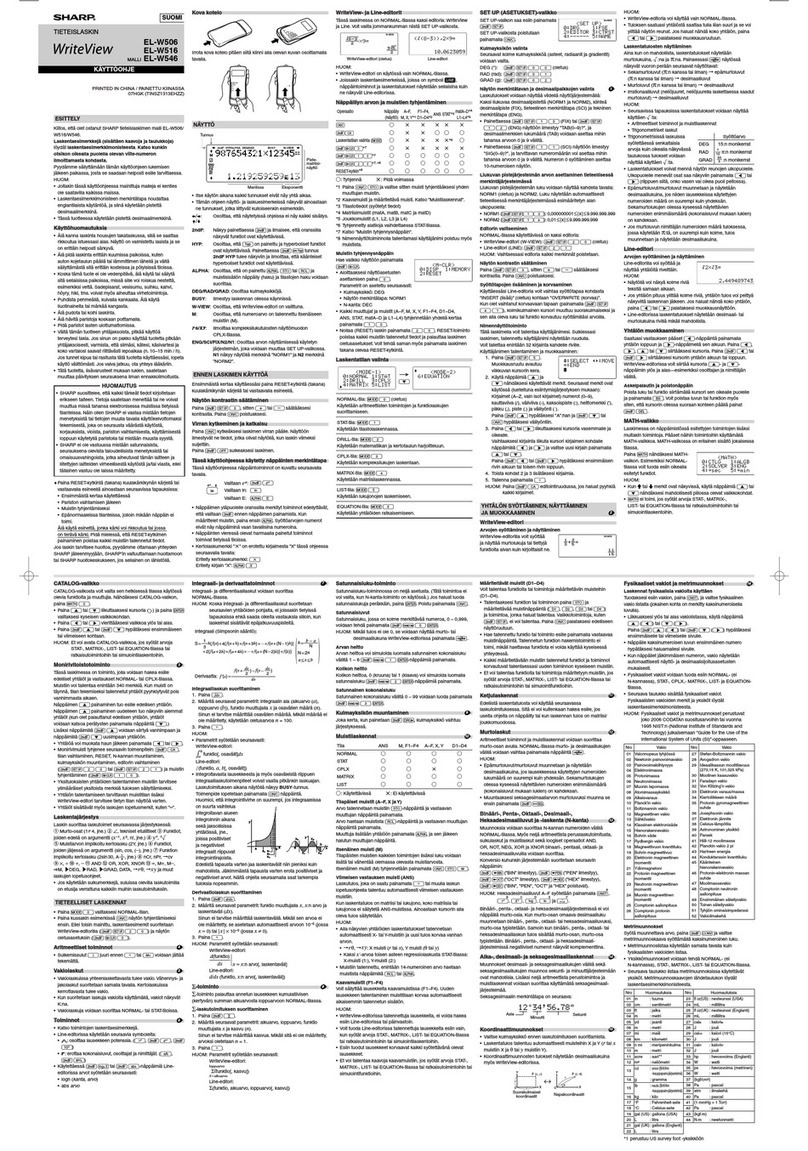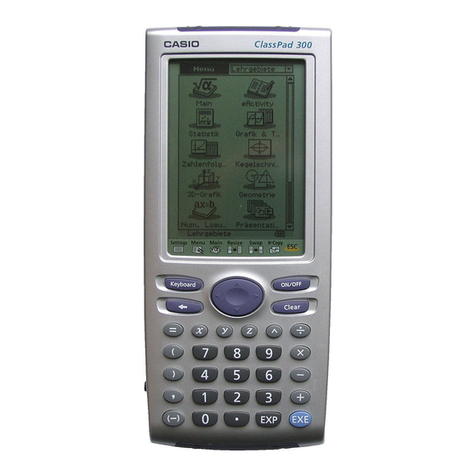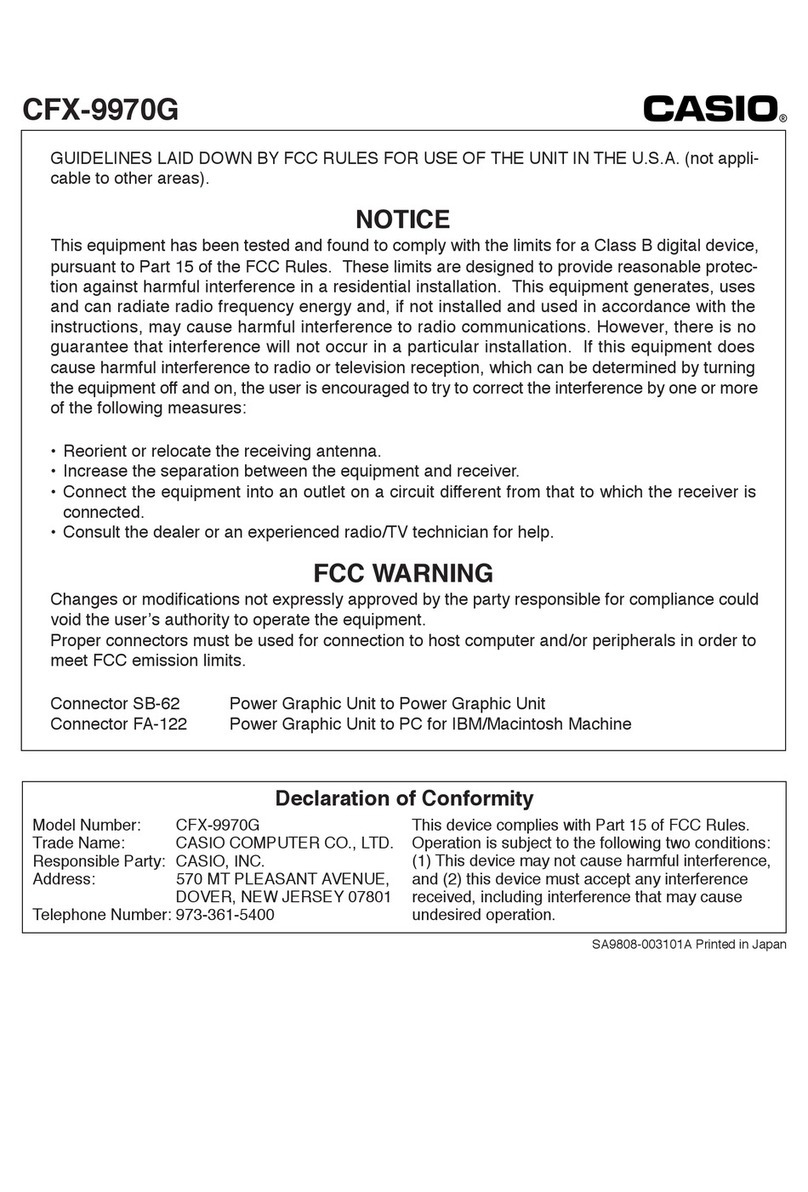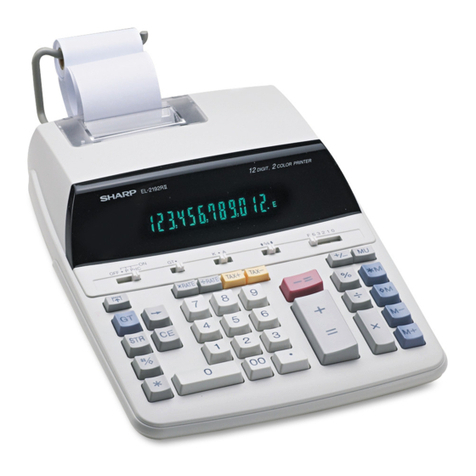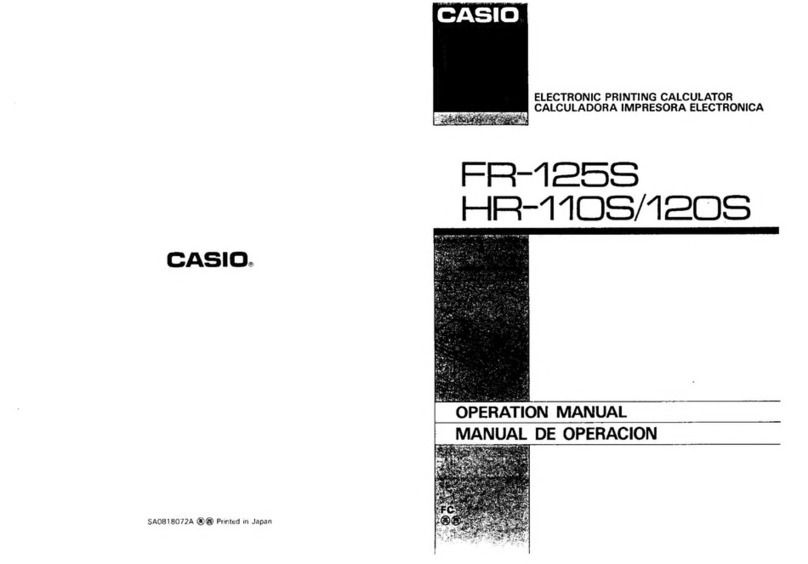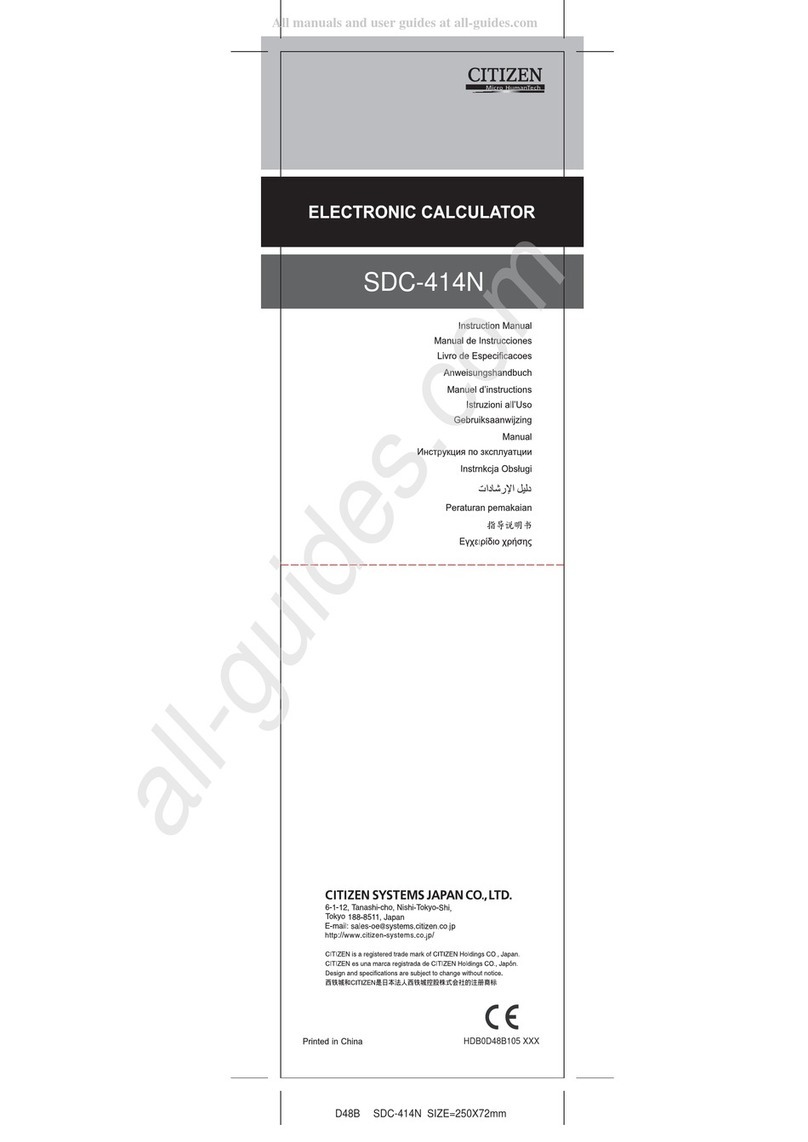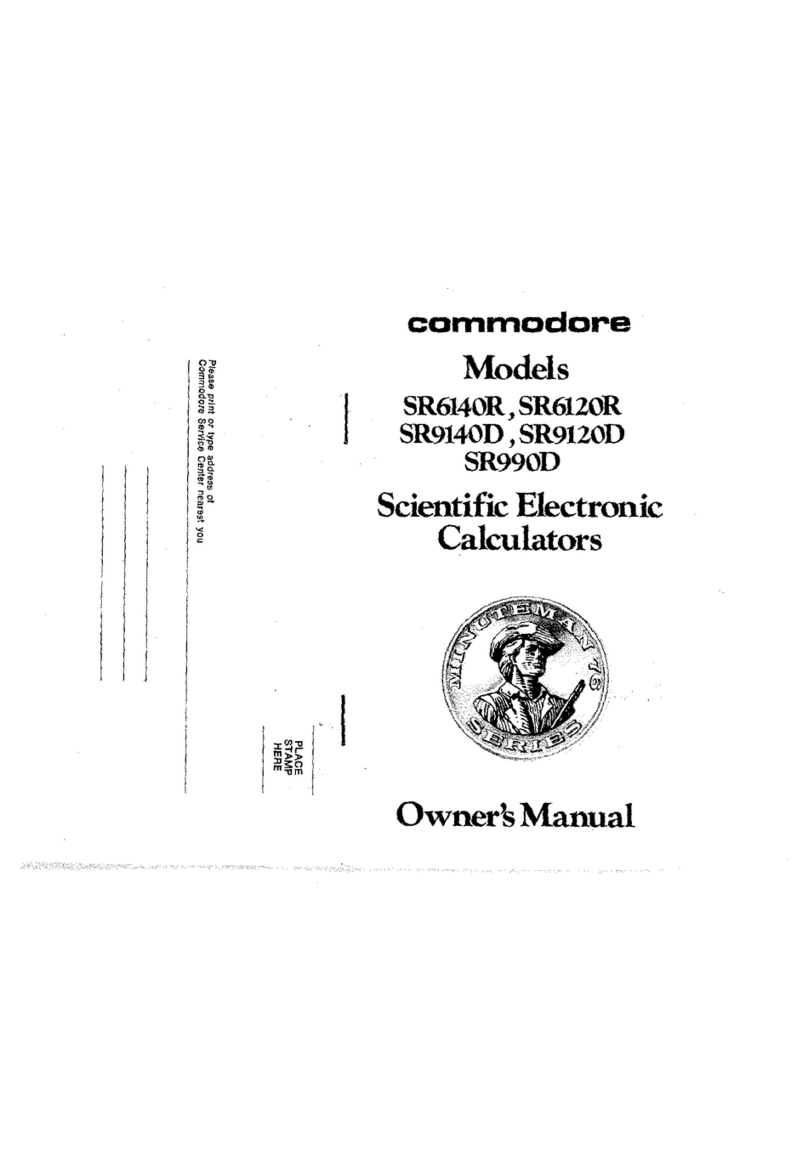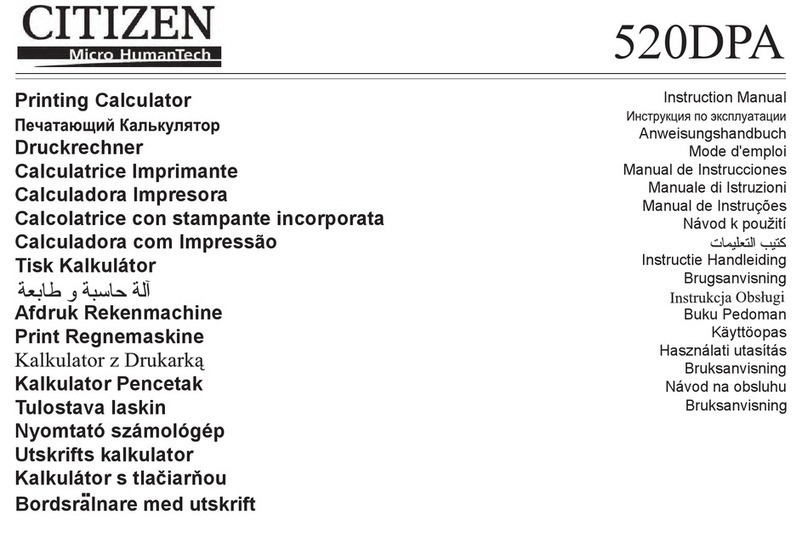6 Contents
Section 15: Nominal Rate Converted to Effective Rate......................................... 152
Section 16: 30/360 Day Basis Bonds ..................................................................... 153
Section 16: Annual Coupon Bonds......................................................................... 154
Appendix B: Formulas Used........................................................................................... 155
Real Estate .................................................................................................................. 155
Wrap-Around Mortgage ......................................................................................... 155
After-Tax Cash Flows............................................................................................. 155
After-Tax Net Cash Proceeds of Resale.................................................................. 155
Lending....................................................................................................................... 156
Loans With a Constant Amount Paid Towards Principal........................................ 156
Add-On Interest Rate to APR ................................................................................. 156
Add-On to APR with Credit Life............................................................................ 156
Rule of 78's Rebate ................................................................................................. 156
Graduated Payment Mortgage ................................................................................ 157
Skipped Payments................................................................................................... 157
Savings ....................................................................................................................... 158
Compounding Periods Different From Payment Periods........................................ 158
Investment Analysis.................................................................................................... 158
Lease vs. Purchase .................................................................................................. 158
Break-Even Analysis and Operating Leverage ....................................................... 158
Profit and Loss Analysis ......................................................................................... 158
Securities and Options ................................................................................................ 159
Discounted Notes.................................................................................................... 159
Black-Scholes Formula for Valuing European Options.......................................... 159
Forecasting ................................................................................................................. 160
Simple Moving Average......................................................................................... 160
Seasonal Variation Factors Based on a Centered Moving Average ........................ 160
Gompertz Curve Trend Analysis ............................................................................ 160
Forecasting With Exponential Smoothing .............................................................. 161
Pricing Calculations.................................................................................................... 161
Markup and Margin Calculations ........................................................................... 161
Calculations of List and Net Prices with Discounts ................................................ 162
Statistics...................................................................................................................... 162
Exponential Curve Fit............................................................................................. 162
Logarithmic Curve Fit ............................................................................................ 163
Power Curve Fit...................................................................................................... 163
Standard Error of the Mean..................................................................................... 163
Mean, Standard Deviation, Standard Error for Grouped Data ................................ 163
Personal Finance......................................................................................................... 164
Tax-Free Retirement Account (IRA) or Keogh Plan .............................................. 164
Stock Portfolio Evaluation and Analysis ................................................................ 164
Portfolio beta coefficient: ....................................................................................... 164
Canadian Mortgages ................................................................................................... 164
Miscellaneous ............................................................................................................. 165
Learning Curve for Manufacturing Cost................................................................. 165
Queuing and Waiting Theory.................................................................................. 165
Subject Index .................................................................................................................. 166
